Take two for Mount Etna at the Giro d'Italia - Preview
Tiralongo outlines the lie of the land in Sicily
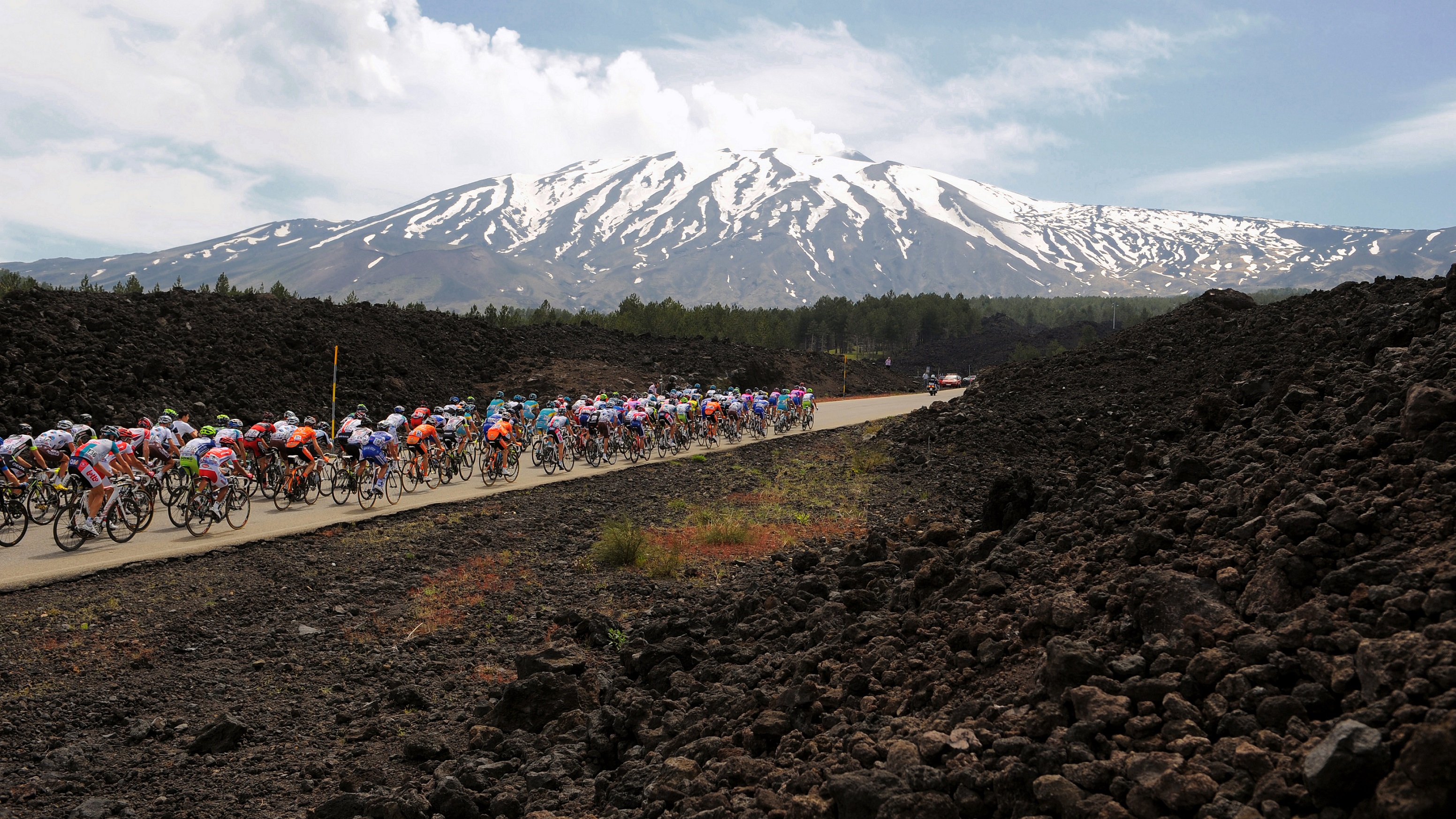
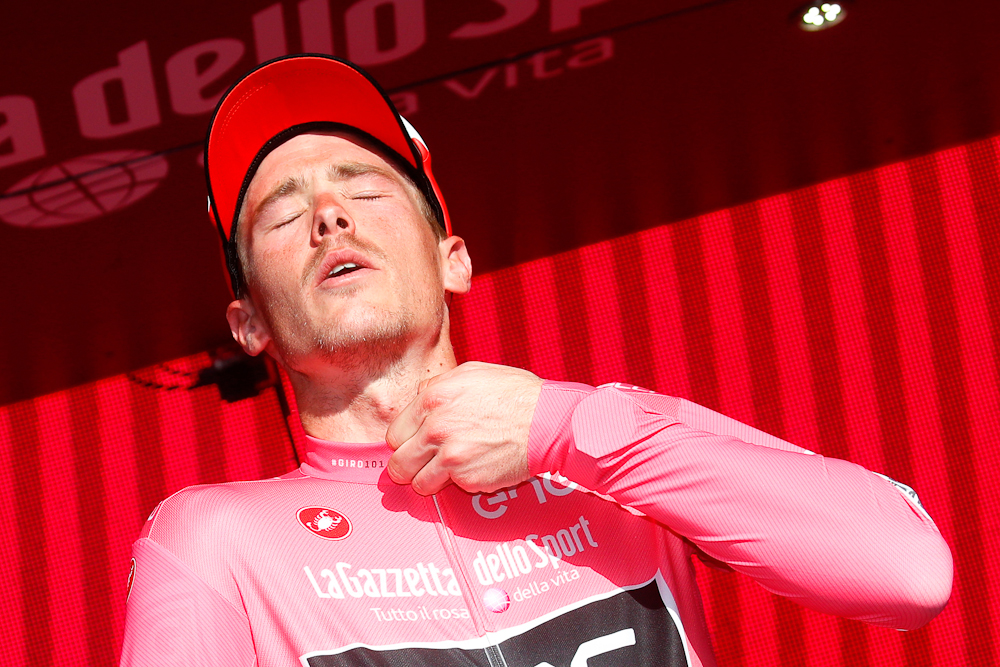
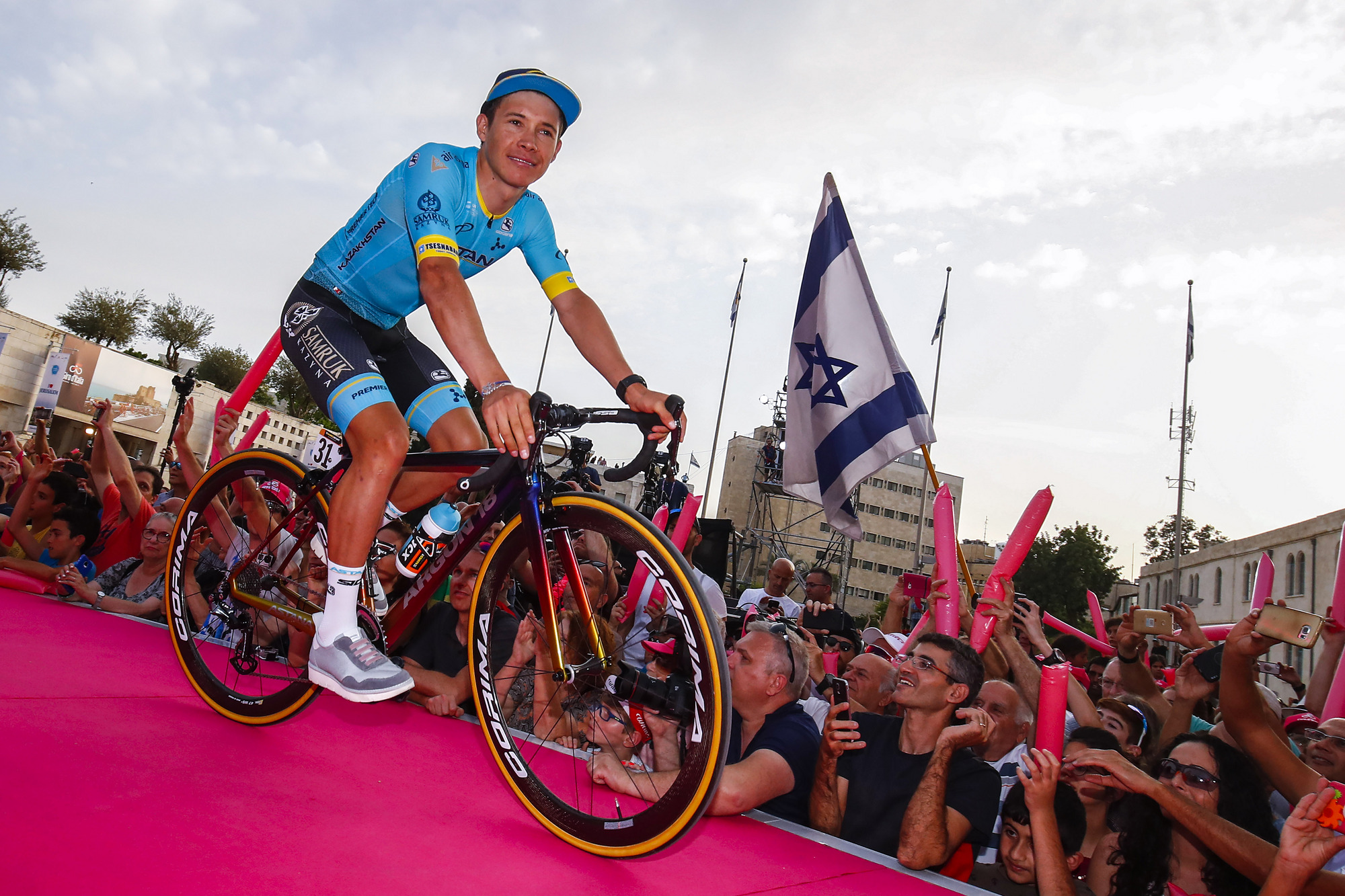
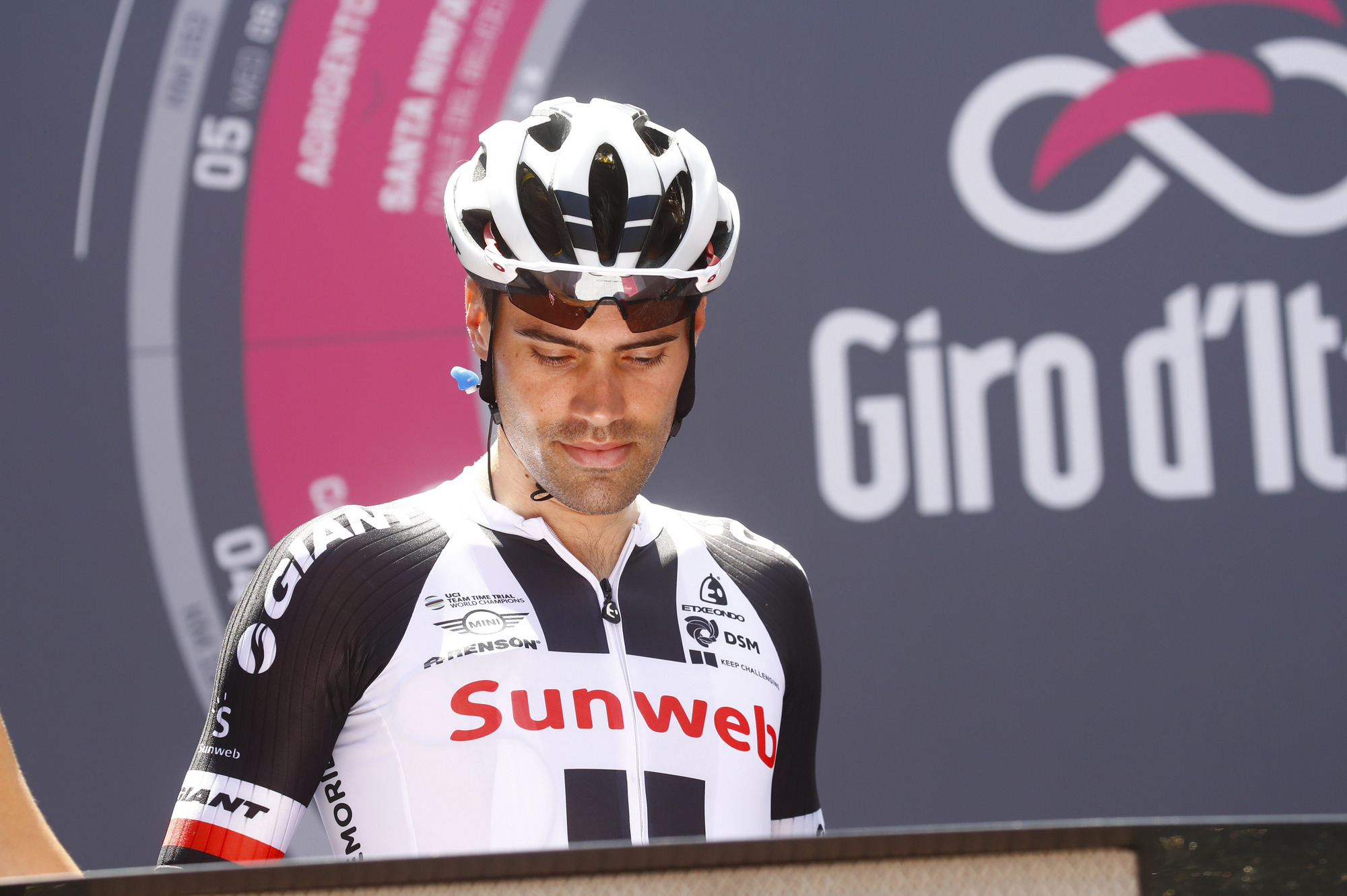
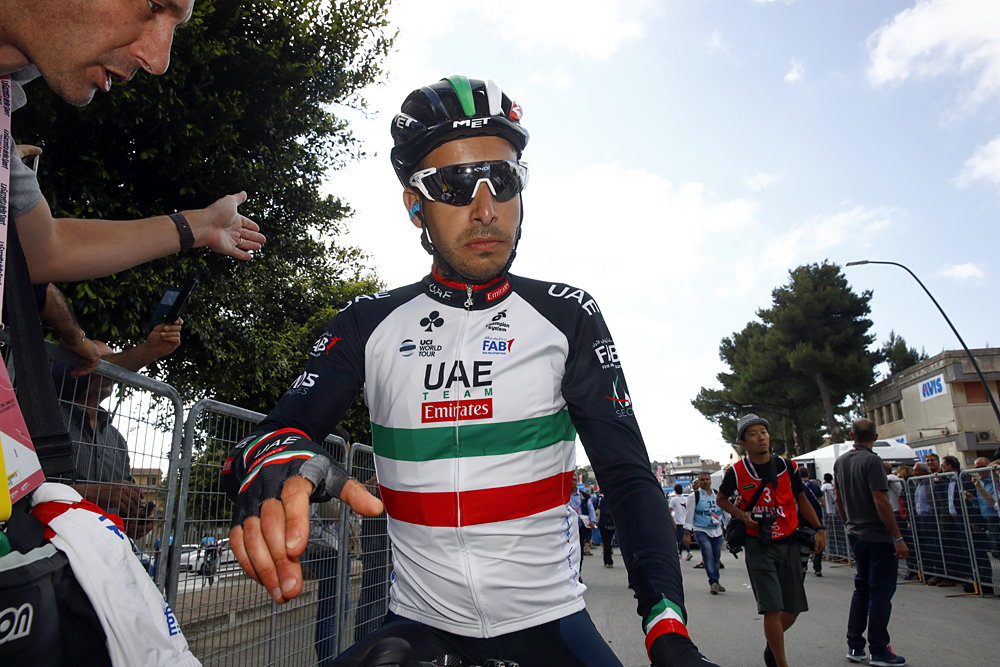
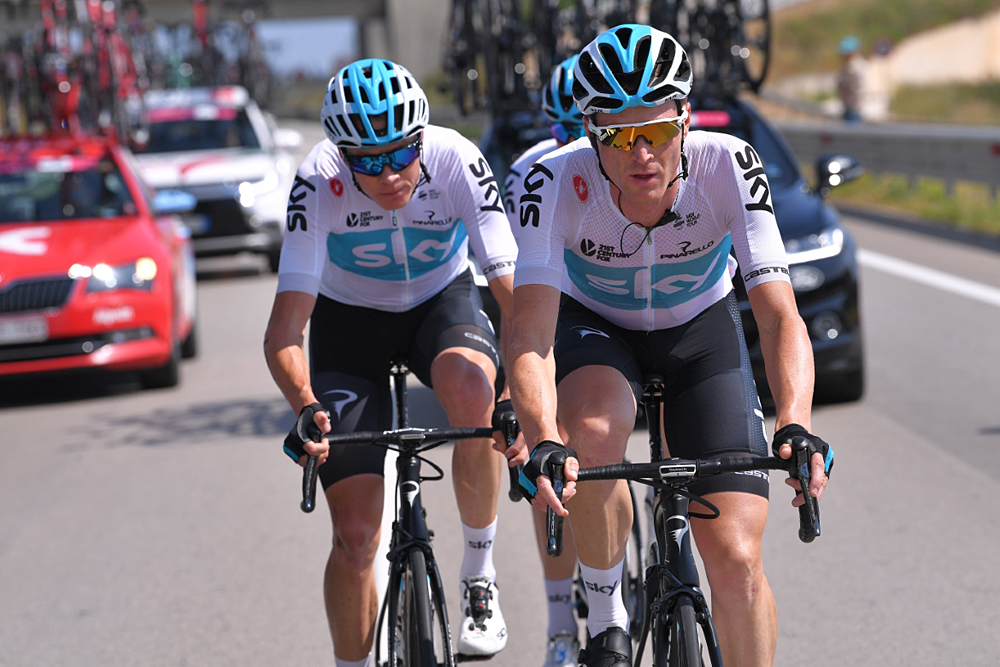
Mount Etna tends to conjure up all manner of fiery imagery, but the Giro d'Italia singularly failed to ignite on its last visit to the mighty volcano a year ago. A brisk headwind puffed down the mountain and repelled any significant attacks from the general classification contenders, while Jan Polanc soloed to a wholly merited if not especially memorable victory.
Giro d'Italia stage 5 start delayed by serious road incident
Giro d'Italia: Chris Froome expects a full-blown battle on the slopes of Mount Etna
Dennis: Etna is a big test of my preparation
Lopez suffers second Giro d'Italia setback after late crash
Giro d'Italia: Battaglin revives a dying Italian art at Santa Ninfa
Tuft confirms 2018 Giro d'Italia will 'more than likely' be his last
When the Giro returns to Etna for stage 6 on Thursday, the lie of the land is rather different, given that the gruppo will tackle it from a new approach, by way of Ragalna. The shelter afforded by the forestry on Etna's western slopes means that the wind should not play as prominent a role, while the gradient itself is more irregular than on the race's previous treks up the volcano.
Few men are better placed than UAE Team Emirates coach Paolo Tiralongo to offer a guide to Mount Etna. A native of Avola in the province of Siracusa, the Sicilian had trained on its slopes for virtually all of his cycling life, and long before it became a fashionable location for altitude training camps. The raw statistics for Thursday's haul up Etna – 15 kilometres at an average gradient of 6.5% and a maximum of 15% – may be comparable with previous ascents, but the numbers only ever tell a part of the story.
"The difference above all is that last year's approach to Etna was a bit more regular, always on the same gradient, and the road was wider," Tiralongo told Cyclingnews. "This side, on the other hand, is very hard, with some really demanding sections and the road is narrow. The main peculiarity is that there's less wind on this side because it's not anything like as exposed as the others. On this approach, you're climbing through a forest, so you're sheltered by the trees."
Etna is the only categorised climb on the menu on stage 6, and a sizeable peloton ought to reach the base of the ascent at Ragalna. The opening segment of the ascent should not trouble the general classification contenders but will inevitably see riders jettisoned off the back as gravity enforces its first natural selection.
The slopes stiffen significantly with 11 kilometres to go, reaching a maximum gradient of 15% with 10 kilometres remaining, before relaxing slightly for the next four kilometres, with several false flats offering a chance to recover – though only if no one is prepared to take up the reins in front.
The real skirmish between the podium contenders – if it emerges on Thursday at all – ought to come in the final five kilometres, when the road swings right into a sustained section at 14%. From 5km to go until 2km to go, the average gradient is 8%, and though the slopes ease slightly after that, the road to the finish at the Astrophysical Observatory is a difficult one.
The latest race content, interviews, features, reviews and expert buying guides, direct to your inbox!
"With five kilometres to go, you swing right, and that's where the hardest part of the climb begins, the second part of the climb, so to speak," Tiralongo said. "It's still protected, it's still in the wood, so the wind shouldn't have much of an effect, even if it's coming from behind.
"It should be different to last year, definitely. If there's the less wind, there might be more riders who take the risk of attacking because they'll know that it will all be down their legs rather than the wind."
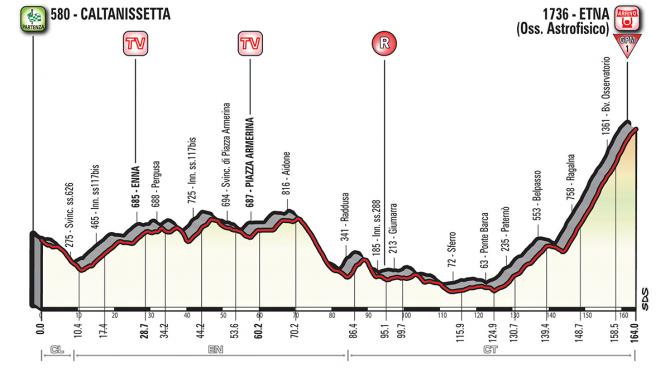
Aru
Tiralongo hung up his wheels at the end of the 2017 season, following an 18-year professional career that was spent largely in the service of others, though he inscribed three stage wins on the Giro on his palmarès, starting with the win gifted to him by former teammate Alberto Contador in Macugnaga in 2011. In the latter part of his career, Tiralongo served as a gregario and mentor to Fabio Aru at Astana, and has continued in that role in retirement, albeit now as a coach at UAE Team Emirates.
Not surprisingly, Tiralongo brought Aru to sample this new approach to Mount Etna over the winter and once again in February, though the pair had already trained together on the climb at various points during their years as teammates at Astana.
"Fabio came here last December, and then he came back again in February, but we'd done it other years too because we'd often come to Etna for training camps anyway," Tiralongo said. "Thursday's is not my favourite side of the climb, but it's one that I've done very, very often because I used to use it to do some very specific training exercises. And it was useful, too, because there were never many cars. It's a road that's closed for most of the year."
Aru is among the riders who will hope the first summit finish of the Giro marks an upturn in fortunes following a low-key start to the race. The Italian champion conceded ground in the opening time trial in Jerusalem and again on stage 4 to Caltagirone, leaving him 23rd overall, 57 seconds off the maglia rosa of Rohan Dennis, and 56 behind defending champion Tom Dumoulin.
Chris Froome (19th at 55 seconds) finds himself in a markedly similar situation, while Miguel Angel Lopez (39th at 1:57) has even more ground to make up as the road begins to climb. Mount Etna is surely not tough enough for them to recoup those early losses, but it should provide some firmer indications as to the true state of their form. There is more shelter on this approach to Etna, but nowhere to hide.
"I don't imagine there'll be important gaps," Tiralongo said. "But we'll see if some riders are a little better than the others."

Barry Ryan was Head of Features at Cyclingnews. He has covered professional cycling since 2010, reporting from the Tour de France, Giro d’Italia and events from Argentina to Japan. His writing has appeared in The Independent, Procycling and Cycling Plus. He is the author of The Ascent: Sean Kelly, Stephen Roche and the Rise of Irish Cycling’s Golden Generation, published by Gill Books.